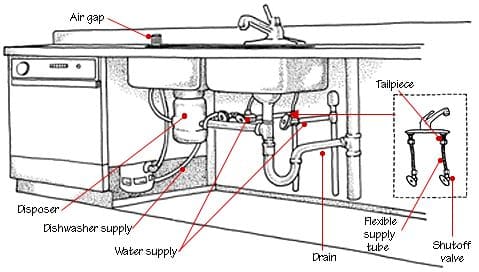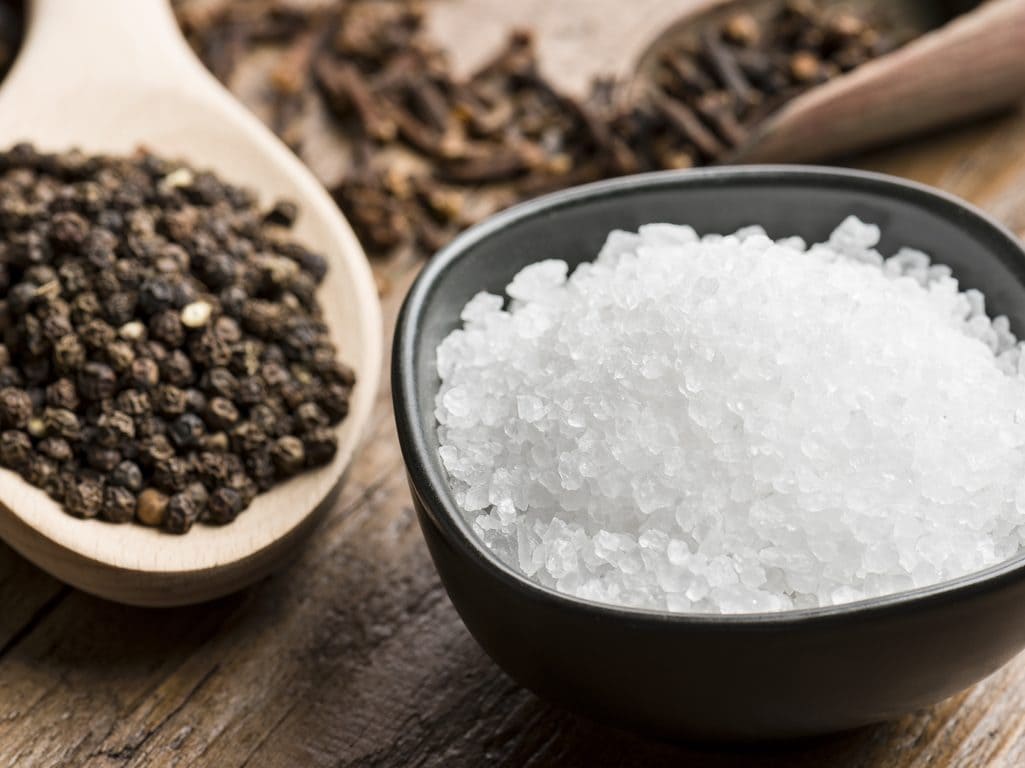When it comes to understanding the intricate workings of your kitchen sink’s plumbing system, having a detailed diagram can be immensely helpful. From identifying components to troubleshooting issues, a comprehensive kitchen sink plumbing diagram serves as a valuable resource for homeowners and professionals alike. In this guide, we’ll delve into the various elements of a kitchen sink plumbing system, providing detailed insights and explanations along the way.
Understanding the Basics
Sink Basin and Drain Assembly
At the heart of any kitchen sink plumbing setup lies the sink basin and drain assembly. This component comprises the sink itself, along with the drain, strainer, and stopper. The drain assembly facilitates the flow of water from the sink basin into the plumbing system, preventing clogs and ensuring proper drainage.
P-Trap and Trap Arm
One of the most crucial components of a kitchen sink plumbing system is the P-trap. This curved pipe, typically located beneath the sink, traps water to prevent sewer gases from entering the home. Connected to the P-trap is the trap arm, which extends horizontally and connects to the main drain line.
Vent Stack and Ventilation System
Proper ventilation is essential for maintaining optimal functioning and preventing odors in a kitchen sink plumbing system. The vent stack, often extending through the roof of the house, allows air to enter the system, facilitating the flow of water and preventing suction-induced drainage issues.
Components of a Kitchen Sink Plumbing Diagram
Sink Basin and Drain
The sink basin and drain form the starting point of the plumbing system. Water from the sink flows into the drain, passing through the strainer and stopper as necessary.
P-Trap and Trap Arm
Beneath the sink, the P-trap and trap arm form a curved section of pipe that traps water and prevents sewer gases from entering the home. The trap arm connects the P-trap to the main drain line.
Vent Stack
The vent stack extends vertically from the plumbing system, allowing air to enter and facilitating proper drainage. Without adequate ventilation, the system may experience issues such as slow drainage or foul odors.
Troubleshooting Common Issues
Clogged Drain
One of the most common issues with kitchen sink plumbing is a clogged drain. This can occur due to a buildup of food particles, grease, or other debris in the drain pipe. To address a clog, try using a plunger or drain snake to clear the blockage.
Leaky P-Trap
If you notice water leaking from beneath your sink, the P-trap may be the culprit. Check for loose connections or signs of damage, such as cracks or corrosion. Tighten connections or replace the P-trap if necessary to prevent further leakage.
Foul Odors
Unpleasant odors emanating from your kitchen sink can indicate a ventilation issue within the plumbing system. Ensure that the vent stack is clear of obstructions and functioning correctly to promote proper airflow and eliminate odors.
Conclusion
A thorough understanding of your kitchen sink plumbing system, facilitated by a detailed diagram, is essential for maintaining functionality and addressing issues as they arise. By familiarizing yourself with the various components and troubleshooting techniques outlined in this guide, you can ensure that your kitchen remains a functional and hygienic space for years to come.





